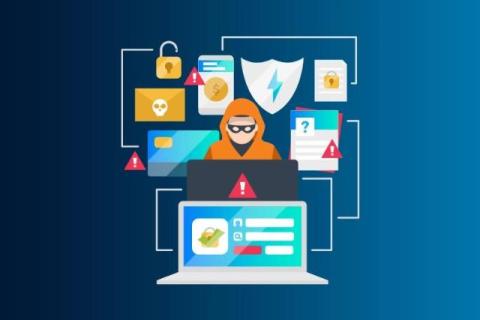Meet Intel: Aikido's Open Source threat feed powered by LLMs.
Intel is our open-source security threat feed powered by AI and our in-house research team. Intel monitors and uncovers vulnerabilities in open-source packages before they are disclosed. Many never are.











